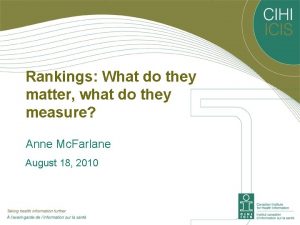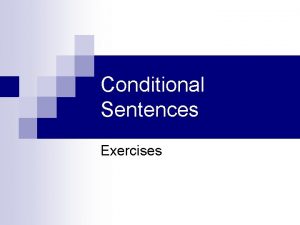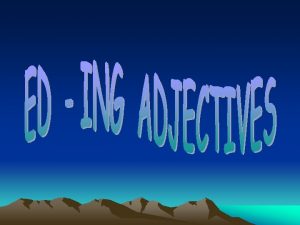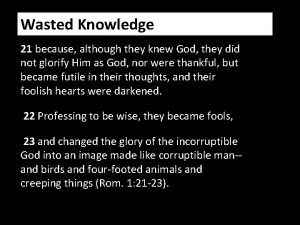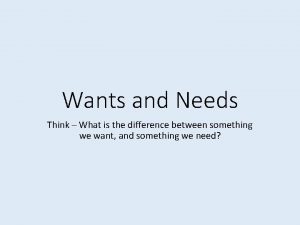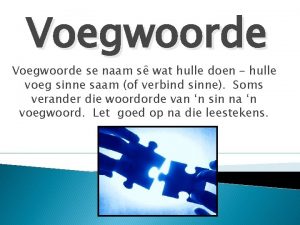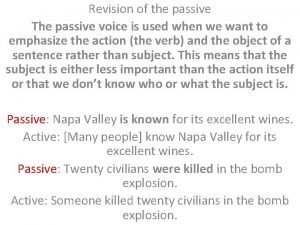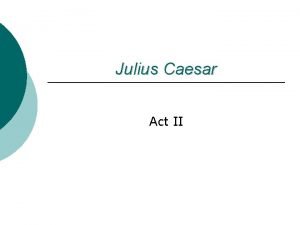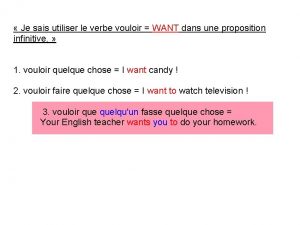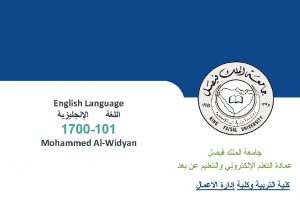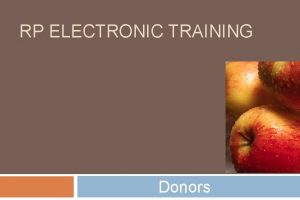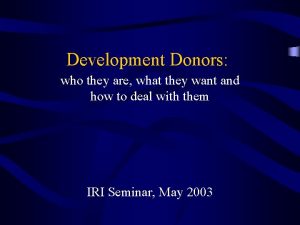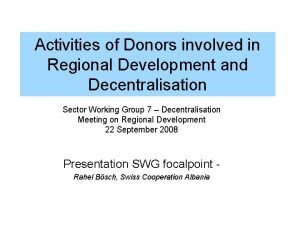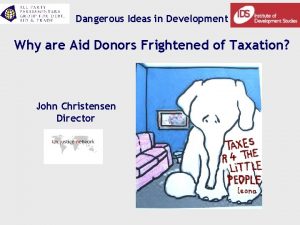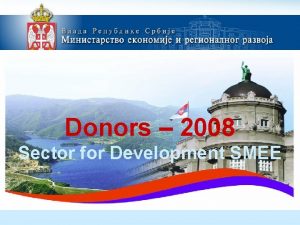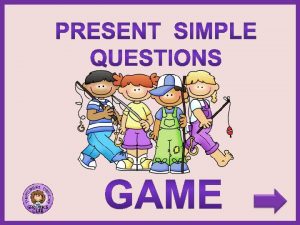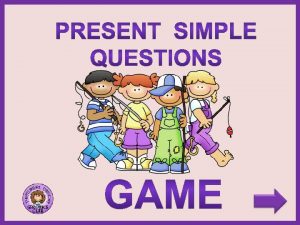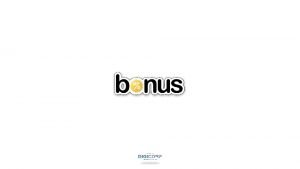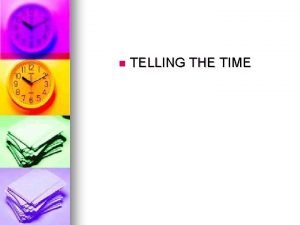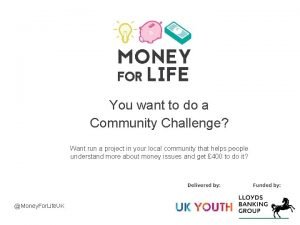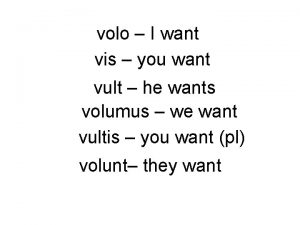Development Donors who they are what they want




































- Slides: 36

Development Donors: who they are, what they want and how to deal with them IRI Seminar, May 2003

Development Donors Who They Are. . .

Types and Numbers • Three main types of donors, providing grants for international research and development: – Bilateral – Multi-lateral – Foundations • Approximately 50 major donors; perhaps 25 -30 interested in IRI-type work

Where do donors get their funds? • Bilateral (public) – all funds from treasury of one country • Multilateral (public) – funds from treasuries of many members • Foundation (private) – funds from endowments formed by companies or rich individuals

Potential IRI Donors • Bilateral – USAID, Df. ID, SIDA, CIDA, Norad, Aus. AID • Multilateral – IFAD, Af. DB, ADB, IADB, EU • Foundations – Rockefeller, Packard, Toyota, Gates

Where are they? (a) Multi-lateral HQs • • • Af. DB moving from Abidjan to Tunis ADB in Manila IADB, WB in Washington IFAD in Rome EU in Brussels

Where are they? (b) bilateral donors • Headquarters are in national capitals • Field offices in the capitals of host countries • Large bilaterals often have regional offices – e. g. Nairobi, Accra, Bangkok, Delhi, Santiago • Multi-laterals and large foundations also have field and regional offices

What sort of people? • Public donor personnel are civil servants -mostly educated generalists, good at pushing paper • Large agencies employ a few scientists and/or contract with scientists to review proposals • Donor personnel are outward looking -interested in other countries, other cultures, seeing development happen

More on people. . . • Donor people don’t think of themselves as funding sources, but as development workers. • Donors like to be considered partners in development projects -- with valid ideas and experience. • Donors want to see more than dollar signs in your eyes!

Donors aren’t scientists! • Timing: Donors think in 2 - 4 year projects (you will have to phase longer projects) • Output: Donors want impact, not results (you will have to think beyond results) • Politics: Donor work is very political (you will have to keep up with the news)

Development Donors What They Want. . .

Donor Goals • To differing extents, all dev. donors want: – poverty alleviation – protection of the environment – food security – improved quality of and access to: education, health, information, and communications – bio-diversity • For specific donor goals, see web sites, annual reports

Donor interests depend on politics, national culture, history • Scandinavians like projects on environment, gender, equity. • US likes projects involving private sector. • French usually strong in francophone excolonies; UK in anglophone ex-colonies. • Swiss like mountain countries, like Nepal • Dutch like drainage and water projects

Donors want impact • Impact = measurable improvements in currently bad conditions, such as: • increased incomes for poor families • increased nutrition of infants and mothers • universal access to clean drinking water • reversal of soil degradation and erosion • decreased incidence of infectious diseases

Donors like topics that… • are sufficiently important to be worth doing • are internally approved (i. e. fit within your strategic plan) • are seen as a priority by your beneficiaries • are “managable” (i. e. there’s a good chance you’ll achieve your objectives in the project life, with the project budget). . .

They also like projects that. . . • have the right balance of risks and returns • attract strong research partners that have a comparative advantage to carry out the project • fit with the donor’s interests and grant portfolio • are within the donor’s budget

An Important Topic. . . • An important topic for a donor is one which can make a real difference in the well-being of disadvantaged people in the countries where they work. • The more difference, and the more people helped, the better. (Remember, some donors take the bottom line and divide by the number of beneficiaries!)

Which will they choose? • Projects can be strategic (done in a lab or office, opening up scientific doors) or applied (implemented in the real world, applying strategic results for beneficiaries) • Which do you think a development donor would more likely want to support and why?

Answer. . . • Because donors are interest in development impact, they are likely to prefer applied research topics -- closer to the beneficiaries. • But, donors do recognize the need for strategic research to yield results that can be applied in the real world.

So. . . • If you select a strategic research topic for external donor funding, you need to show, in detail, how and when the results of your work will ultimately make people better off. [Demonstrate impact. ]

Large or small? • Project size can be defined by the budget size. • Large and small are relative to the type of project. In ag research, roughly: small = under $150, 000/3 years medium = $150, 000 - $350, 000/3 years large = over $350, 000/3 years

Answer. . . • Donors like to make as many grants as possible to spread risks, increase linkages, get more impact. (Favors small topics) • But, grants mean lots of paperwork, meetings, decisions -- same effort for small or large projects. • So, it depends -- donors will not necessarily choose one or the other!

Simple or Complex? • 1 - 2 objectives • handful of sites • limited number of partners • Several objectives • several sites in many countries • several partner groups

Which will donors like? • A simple project is more likely to succeed: – fewer things can go wrong – easier to manage – easier to achieve outputs • But donors like to maximize participation -like many partners • So donors may support either type of topic!

Imagine you are a donor, and must choose among. . . • A project to find a vaccine for AIDS • A project to build 100 schools in rural Cameroon • A project to grow substitute crops for opium in the Golden Triangle • A project to train scientists in how to write convincing proposals

Taking into account. . . • • • Importance of the topic to you as donor Priority to beneficiaries Manageability Risks and returns Any other considerations… Which do you choose? Why?

Dealing with Donors. . .

Donor Intelligence. . . • Needs gathering by as many spies as possible • Needs sharing with everyone with a need to know • Must constantly be updated • Must be managed (RMO) • Involves managers and scientists, so become a 007 in your field

There is no substitute for personal interaction… • You can learn from colleagues • Or from the web, donor profiles, annual reports, etc. • But personal interaction is still the best way of arousing donor interest.

This means visiting donors yourself. . . • When traveling to conferences, on home leave, to visit projects… • Take an extra day or two to visit donor offices for a get-to-know-each-other visit. • You will need to set this up in advance, take support materials, and follow up afterwards. • DON’T ASK FOR MONEY ON THE FIRST VISIT

How to have a good first visit to a donor • Remember you are there for information, not money • Don’t take along draft concept notes • Do listen more than talk • Do treat the donor as an intelligent layperson, and a potential partner • And read Marian’s handout first!

If you have some donor interest, from a previous visit, or in response to an RFP… • • • Design a project attractive to that donor Write it up as a concept note Get it approved internally Get partners on board Send it to a donor

Only write a full proposal • If a donor is attracted by your concept note and asks for more details, or • If you are responding to a competitive grants program • A full proposal takes far more time, money and effort for you to write, and the donor to read.

If the donor likes your proposal. . . • You will go into negotiations -- you need to prepare in advance • Be ready to cut your project to suit your donors needs • If the donor can give less than you asked for, you will need to cut your objectives • Nothing is so frustrating than an underfunded project!

If you get a grant agreement… Maintain good donor relations by: – reporting regularly and honestly – telling bad news as well as good – encouraging donor visits to project – sounding out possible follow-on grant well in advance

Future training -- how to: • • • Design a fundable project Prepare a good concept note Write a convincing proposal Review and improve CNs and proposals Negotiate with donors Understand how donors review proposals, what turns them on and turns them off!
 Mikael ferm
Mikael ferm Rankings: what are they and do they matter?
Rankings: what are they and do they matter? If we'd seen you we (stop)
If we'd seen you we (stop) We seek him here we seek him there
We seek him here we seek him there They did not reject you they rejected me
They did not reject you they rejected me They are they which testify of me
They are they which testify of me Grammar rules frustrate me they're not logical they are so
Grammar rules frustrate me they're not logical they are so For they not know what they do
For they not know what they do Knowledge not shared is wasted
Knowledge not shared is wasted Examine the history of community development
Examine the history of community development Development that ended much development crossword
Development that ended much development crossword What is the purpose of the
What is the purpose of the Chief administrator
Chief administrator I want a wife essay
I want a wife essay Needs and wants examples
Needs and wants examples Wat hulle doen
Wat hulle doen Morrie i want my money gif
Morrie i want my money gif The greatest want of the world
The greatest want of the world Why doesn't dally want johnny to go to jail *
Why doesn't dally want johnny to go to jail * The greatest want of the world
The greatest want of the world Chapter 12 of percy jackson and the lightning thief
Chapter 12 of percy jackson and the lightning thief Us league of nations
Us league of nations Either my shoes or your coat (is, are) always on the floor.
Either my shoes or your coat (is, are) always on the floor. Spoken word poetry allows you to be anyone you want to be
Spoken word poetry allows you to be anyone you want to be John gave a bar of chocolate to jill
John gave a bar of chocolate to jill Direct speech worksheets
Direct speech worksheets Lirik lagu more more more we praise you
Lirik lagu more more more we praise you More more more i want more more more more we praise you
More more more i want more more more more we praise you Suppose we want to develop software for an alarm clock
Suppose we want to develop software for an alarm clock What promise does brutus make to rome
What promise does brutus make to rome I want a wife comprehension questions and answers
I want a wife comprehension questions and answers Verbe to want
Verbe to want I wanna be different asl story summary
I wanna be different asl story summary Inquiry minds want to know
Inquiry minds want to know Why do you want to work for us
Why do you want to work for us Would prefer گرامر
Would prefer گرامر Sell past simple
Sell past simple

